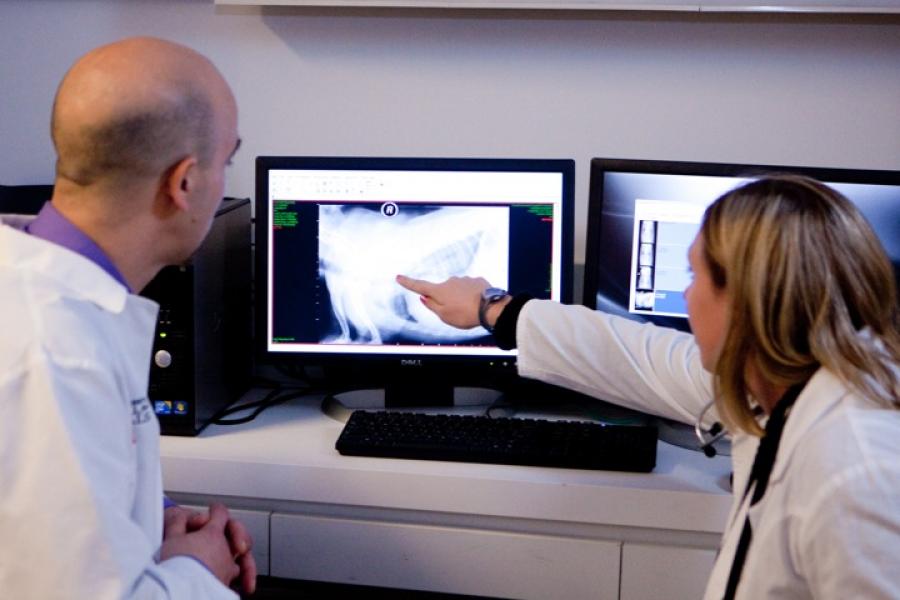Every animal that enters your practice deserves to feel safe and cared for—not just through medical attention, but also in how your clinic looks, feels, and functions. While it’s impossible to eliminate all stressors during veterinary visits, the right renovations can dramatically reduce anxiety for pets and ease concerns for their human companions. Here are several ways to transform your space into a more calming and functional environment.
Begin with a big-picture assessment of your facility. If the current layout is causing confusion or confrontation between different species, it may be time for a comprehensive redesign. An improved clinic flow and better spatial division can help avoid stressful encounters, promote efficiency, and leave pet owners with a positive impression of your practice.
One highly effective change is to separate high- and low-stimulation areas. Designating specific entryways for dogs and cats—and using vestibules with double doors to control foot traffic—can prevent sudden face-to-face meetings that might elevate anxiety. Additionally, creating separate holding areas or exam rooms for different species can help pets relax and reduce the chance of stress-induced behaviors during exams or procedures.
Choosing the right materials for floors and furniture also makes a substantial difference. Opt for surfaces that are slip-resistant and comfortable for pets to walk on. Smooth, padded, and easily cleaned materials enhance safety and hygiene while helping pets feel more stable. Avoid movable furniture that can pose hazards; instead, use built-in benches and anchored seating to keep leashes from tangling and provide a greater sense of order.
Lighting, too, deserves special attention. While bright, clinical lighting may be standard, it often contributes to sensory overload. Soft, dimmable LED lights help create a more inviting and less jarring environment. When incorporating natural light, be sure to prevent overstimulation by avoiding direct views of busy exterior areas or other animals.
Color is another subtle but powerful tool in shaping a pet-friendly space. Calm-inducing tones like lavender, periwinkle, or muted green can encourage relaxation and reduce anxiety in both pets and people. Brighter or more saturated hues may evoke agitation or unease, while sterile mint tones could unintentionally echo a hospital-like setting.
Understandably, many veterinary clinics may hesitate to begin a renovation due to concerns over workflow interruptions. However, with thoughtful planning and a trusted design-build partner, upgrades can be made strategically to avoid disruption. The investment in a more calming and organized space will pay off in smoother appointments, happier clients, and a more harmonious environment for all.
To learn how to begin transforming your clinic into a stress-reducing space, refer to the detailed renovation guide provided by RWE Design Build.








